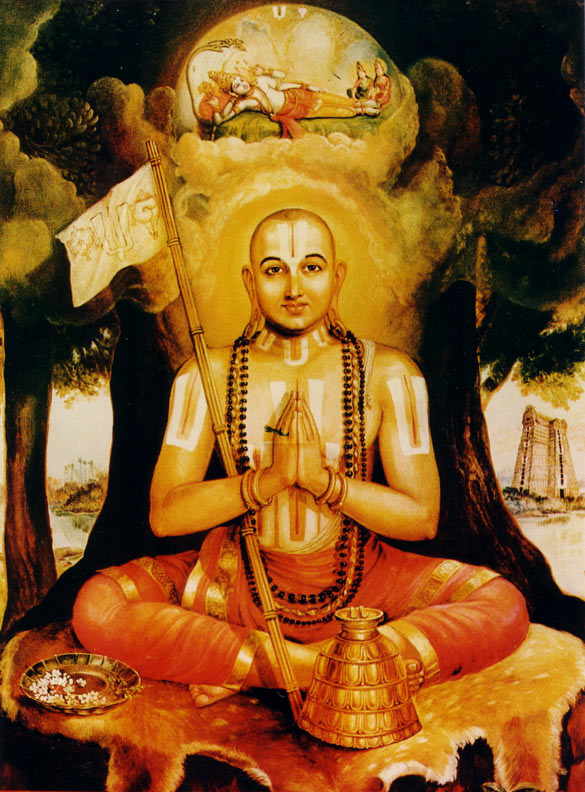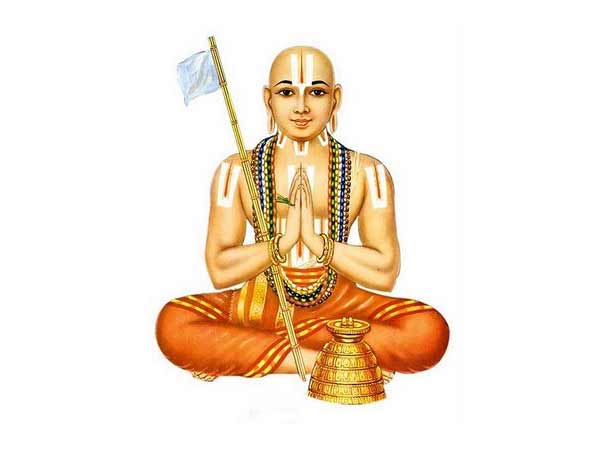Ramanuja – Best Student The best student will withstand any difficult tests put forth by the teacher. Sri Ramanuja heard from Mahapurna (Peria Nambi) that Goshti Purna (Thirukoshtiyur Nambi) of Goshtipuram (Thirukoshtiyur) has the valuable meanings of the last sloka of Lord Krishna (“sarva-dharmân parityajya”). Sri Ramanuja went to Thirukoshtiyur to hear the inner meaning of Read More
Tag: Ramanuja
Sri Ramanuja, the Vaishnavaite philosopher, was born in Sriperumbudur near Chennai. He spent his life between Kanchipuram, Srirangam and Melkote. A significant portion of his time was spent travelling around India.
Sri Ramanuja
Sri Ramanuja – Great Personality Sri Ramanuja was born to Kesava Somayaji – Kanthimathi couple in the year 1017 A..D in Pingala Year, Chitra Month, Mesha Raasi, Thiruvadhira Nakshatra at Sriperumbudur near Kanchipuram. Glow and Appearance His maternal uncle Tirumala Nambi (Sri Saila Purna) came from Tirumala to Sri Perumbudur, looked at the child, and Read More
Ramanuja’s Service
Ramanuja’s Idol Inside Temple After completion of all the reforms of puja and other services at Tirumala and ensuring sustained practice, Ramanuja wished to return to Srirangam. But Anantalvan was sad and urged him to bless his continued presence in Tirumala. Ramanuja got his idol made and presented to him. We can see it even today placed near Read More


